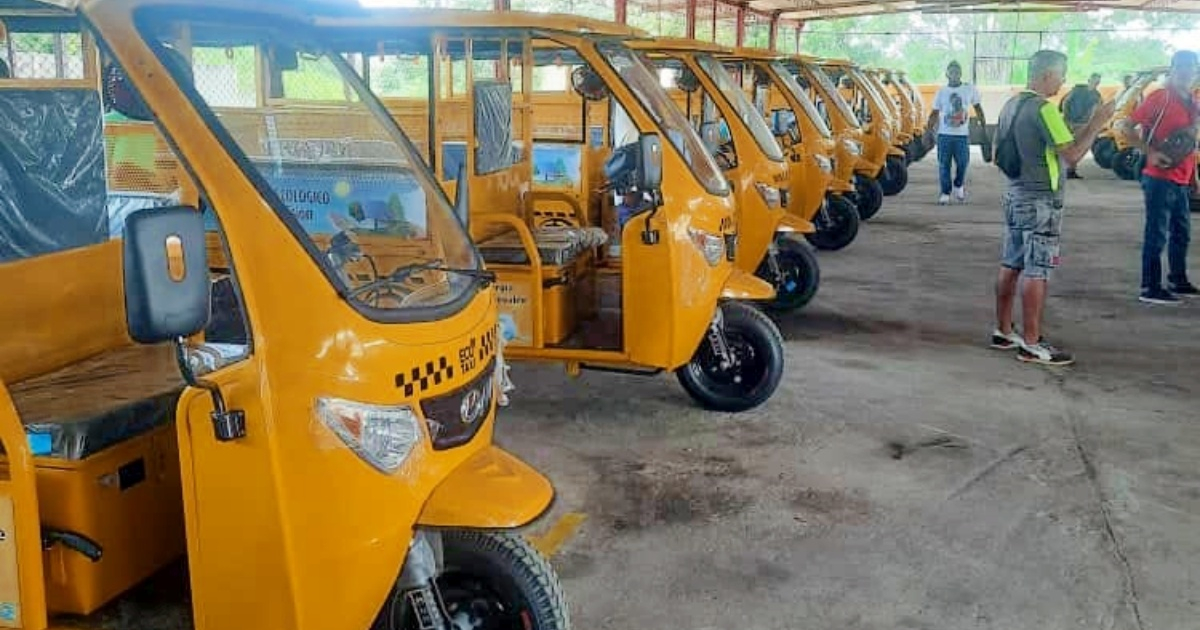
In the coming weeks, around twenty electric tricycles will be put into circulation to bolster public transportation in both Guantánamo and Santiago de Cuba.
The news was announced by Minister Eduardo Rodríguez Dávila, who stated that the journeys will have a price of 10 CUP per passenger.
Havana, Matanzas, Pinar del Río, Holguín, and the special municipality of Isla de la Juventud already have a similar service.
In all of these areas, they have been very well received by the population, and although their presence does not solve transportation deficits, it allows for providing a service that generates high acceptance and, at the same time, employment, often for women," stated the Transportation Minister on Facebook.
In the comments section, numerous internet users expressed gratitude for the inclusion of this type of units in the public transportation service, but also demanded maintenance for the proper functioning of the tricycles.
"For me, the most important thing, aside from the arrival of the tricycles, is the maintenance, care, and responsibility of the people who will operate these equipment. We have received urban transportation equipment on several occasions, but after a few months they practically no longer exist, due to abuse and deterioration," commented an internet user.
Others pointed out that they should control the price of the service, as they ensure that they immediately start charging a higher price than stipulated.
“What is needed is for them to control the prices because after 15 days they are charging 200”; "Who will check that the information they are giving about the price per passenger of 10 pesos will really be what they are going to charge, because this is already a big business deal? State-owned transport and private prices," two commentators pointed out.
There were also those who requested a reconsideration of the distribution of vehicles according to the population density of each territory.
I do not believe that Santiago de Cuba, being the most populous municipality in the country, should receive the same amount, as the demand for transportation is much higher, and this is a study that should have been carried out before the allocation.
With power outages still significant in some provinces, many wonder how these means of transportation will be recharged and what their autonomy is to operate throughout the day.
Eduardo Rodríguez Dávila announced in April that around 200 tricycles would be delivered throughout 2024 to help expand the service to different provinces.
As previously mentioned, the vehicles have a capacity of six passengers and an average range of 150 kilometers.
Rodríguez Dávila has admitted on several occasions that the country is going through "one of the worst moments in recent years" in terms of public transportation.
According to the headline, in Cuba five years ago, twice as many vehicles were on the road compared to now, which means that the number of passengers circulating decreased from 5.9 million to 2.7 million.
That has a direct impact on the people's satisfaction because today half of the routes do not have stable operation, they do not provide a service. Some of the buses are having technical breakdowns, while others are facing problems due to fuel shortages," he acknowledged.
What is your opinion?
COMMENTFiled under: